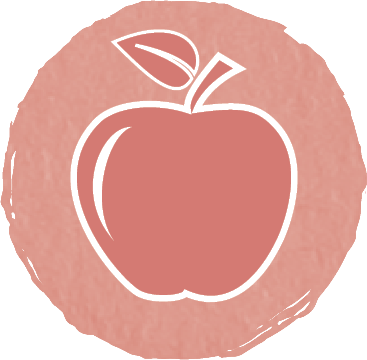
FOODS FOR PITTA
If it is appropriate for you to follow a pitta diet, use these pages to discover the foods to choose and the foods to avoid.

If it is appropriate for you to follow a pitta diet, use these pages to discover the foods to choose and the foods to avoid.
The pie chart (see below) shows the proportions of different foods to eat for a pitta diet as part of your daily meals. Specific ingredients that are ideal for pacifying pitta are given around the outside of the chart.

FOODS TO REDUCE OR AVOID
Soothe pitta by reducing or avoiding:
• Grains: rye
• Vegetables: radishes, seaweed, hot peppers, raw tomatoes
• Dairy products: yogurt; hard, spicy cheese; gorgonzola; Parmesan; kefir; sour cream
• Fats: sesame oil, mustard seed oil
• Nuts and seeds: cashews, peanuts, hazelnuts, raw almonds, brazil nuts, pine nuts, pistachios, walnuts
• Spices and herbs: chile flakes and cayenne pepper, mustard seeds, black pepper
• Drinks: orange juice, tomato juice, alcohol, coffee
• Sweeteners: white sugar, honeydew honey, chocolate
• Fruit: cranberries, strawberries, rhubarb, redcurrants, blackcurrants, sour cherries

*Foods that are marked with an asterisk will pacify the pitta dosha if taken in small amounts—consume in moderation.
Add flavor to your meals with spices, herbs, sweeteners, and salt. Fresh fruit should be eaten outside of meal times. Take drinks before or during your meal, not immediately after (wait 1 hour).

SPICES AND HERBS
These include: basil, curry leaves, fenugreek, fennel, coriander, cardamom, cumin, turmeric, mint, peppermint, sage, long pepper, rosewater.

SALT
To pacify pitta, eat fewer salty foods. Opt for local or Himalayan rock salt (rose-colored or white).

SWEETENERS
Small quantities of: maple syrup, raw cane sugar, juice concentrate, molasses, fresh honey.

FRUIT
Sweet and cooling fruit, for example: red grapes, sweet apples, apricots, avocados, bananas, blueberries, pears, dates, figs, plums, raisins.

DRINKS
Juices: apple, apricot, pear, vegetable, mango, pomegranate, sweet cherry. Teas: fennel, rosehip, jasmine, liquorice. Milk: almond milk, rice milk.